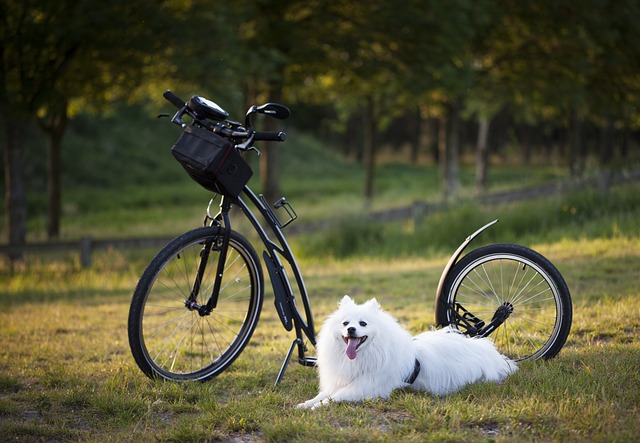Training Your Pet Effectively: A Comprehensive Guide
As a responsible pet owner, training your pet is an essential part of building a strong bond with your animal companion. Effective training not only helps with behavior modification but also strengthens the connection between you and your pet. In this article, we’ll delve into the world of pet training, exploring key strategies, techniques, and best practices to help you achieve success.
Establishing a Training Routine
Creating a training routine is crucial for successful pet training. This involves setting aside dedicated time each day or week to focus on training sessions with your pet. Consistency is vital in this process, as it helps your pet learn faster and retain information better. When establishing a routine, consider the following:
* Start with short sessions (10-15 minutes) and gradually increase the duration as your pet becomes more focused.
* Choose specific times of the day when your pet is most alert and receptive to training.
* Be flexible and adapt your schedule according to your pet’s needs and energy levels.
Positive Reinforcement Techniques
Positive reinforcement techniques are a powerful tool in pet training. By focusing on rewarding desired behaviors rather than punishing undesired ones, you create an environment conducive to learning and growth. Some effective positive reinforcement strategies include:
* Using treats, praise, and affection as rewards for good behavior.
* Creating a “clicker” sound to mark the exact moment your pet performs the desired action.
* Gradually phasing out rewards as your pet becomes more reliable in performing the behavior.
Crate Training: A Game-Changer
Crate training is often misunderstood, but it can be an incredibly effective tool for housetraining and reducing separation anxiety. By providing a safe space for your pet to relax and feel secure, you create an opportunity for them to learn self-soothing techniques and reduce destructive behavior.
Tips for Crate Training Success:
* Introduce the crate gradually, allowing your pet to become accustomed to its presence.
* Make the crate a comfortable and inviting space with soft bedding and familiar toys.
* Establish clear rules and boundaries regarding crate usage and access.
Socialization: The Key to Confidence
Socialization is a critical component of successful pet training. By exposing your pet to various environments, people, and experiences, you help them develop confidence and reduce anxiety. Some essential socialization strategies include:
* Gradually introducing new sights, sounds, and smells to your pet’s environment.
* Encouraging interactions with other pets and animals, under controlled circumstances.
* Desensitizing your pet to loud noises and sudden movements.
Challenges and Common Mistakes
Even with the best intentions and training strategies, challenges can arise. Be aware of common mistakes that may hinder your progress:
* Inconsistent training schedules and rewards.
* Insufficient patience and understanding of your pet’s limitations.
* Using physical punishment or negative reinforcement techniques.
Conclusion and Advice
Training your pet is a journey that requires dedication, patience, and persistence. By incorporating the strategies and techniques outlined in this article into your daily routine, you can create a strong bond with your animal companion and achieve success in training. Remember to stay flexible, patient, and committed to your goal, and always prioritize positive reinforcement and reward-based training methods.
Understanding a balanced diet is essential for your dog’s overall health and well-being.

